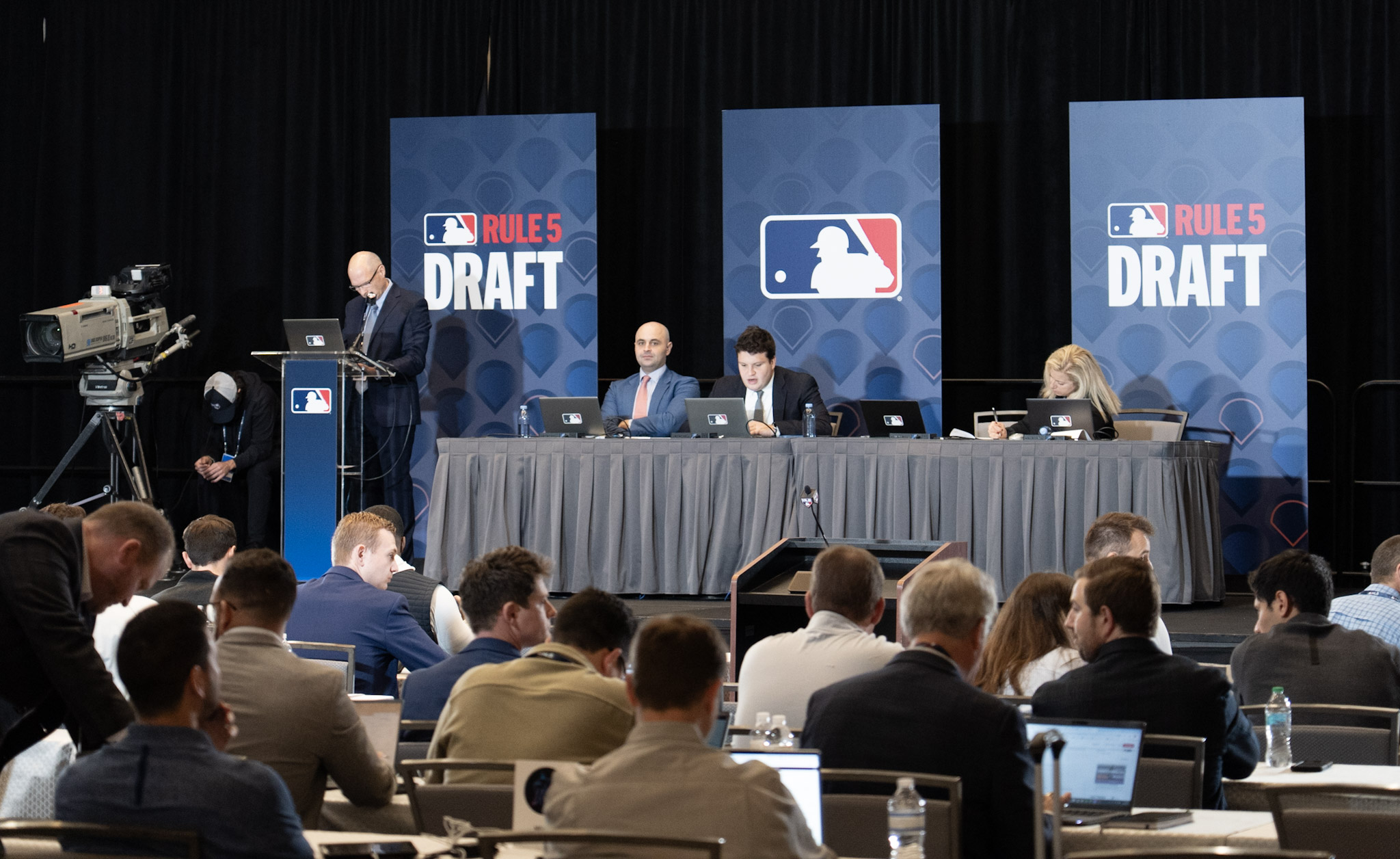There's always a little bit of risk in placing hope in any of various Cooperstown committees, as evidenced by the fact that Minnie Miñoso is still on the outside looking in.
But he's back on the ballot for the first time since 2014 on the Golden Days Era ballot, and there's some reason to think this time could be different.
While Miñoso has fallen short of the 12 votes needed, finishing with eight and nine in his last two spins through the committee, this is the first time that he'll be evaluated with his time in the Negro Leagues now counting as major-league production.
The reclassification of Negro Leagues stats was made official back in December, and as we'd discussed in the run-up to that decision, it has a fairly significant impact on the way Miñoso's career is viewed. Incorporating his production from the New York Cubans gives him 2,110 major-league hits, not 1,994. Beyond the counting stats, placing Miñoso's seasons with the Cubans on the same page as his time with Cleveland and the White Sox shows why he didn't stick in the majors until 1951. It wasn't for a lack of talent or a merit-based form of bad breaks.
What makes it tough is the competition, since a candidate needs 12 of 16 votes, and ballots are limited to a maximum of four names. Besides Miñoso, the ballot also includes Dick Allen, Ken Boyer, Gil Hodges, Jim Kaat, Roger Maris, Danny Murtaugh, Tony Oliva, Billy Pierce and Maury Wills. Miñoso is the only one of this group whose career is affected by the redesignation of the Negro Leagues, but Allen, who died last December, is somebody whose career has been subject to a steady reevaluation as the racial dynamics of his era are better understood.
Besides Miñoso and Allen, two other names are great to see on the committee ballots. It's always nice to see Pierce resurface as a nod to his excellent career, if nothing else. He has a claim to being one of the best post-integration pitchers in White Sox history, and he posted his numbers while Al Lopez routinely leveraged him against the American League's toughest teams.
And on the Early Baseball Era ballot, Buck O'Neil gets his first chance at gaining entry to the Hall of Fame since he and Miñoso were both stiff-armed during the special ballot for Negro Leagues players back in 2006. He died not long after, and the Hall of Fame compensated with the Buck O'Neil Lifetime Achievement Award, with a life-size statue greeting visitors in the first room beyond the admissions counters.
Speaking of O'Neil, the USA Today ran an excellent story about the Negro Leagues Baseball Museum he helped establish, and its president, Bob Kendrick, who is keeping the enterprise strong. As always, consider a membership.






